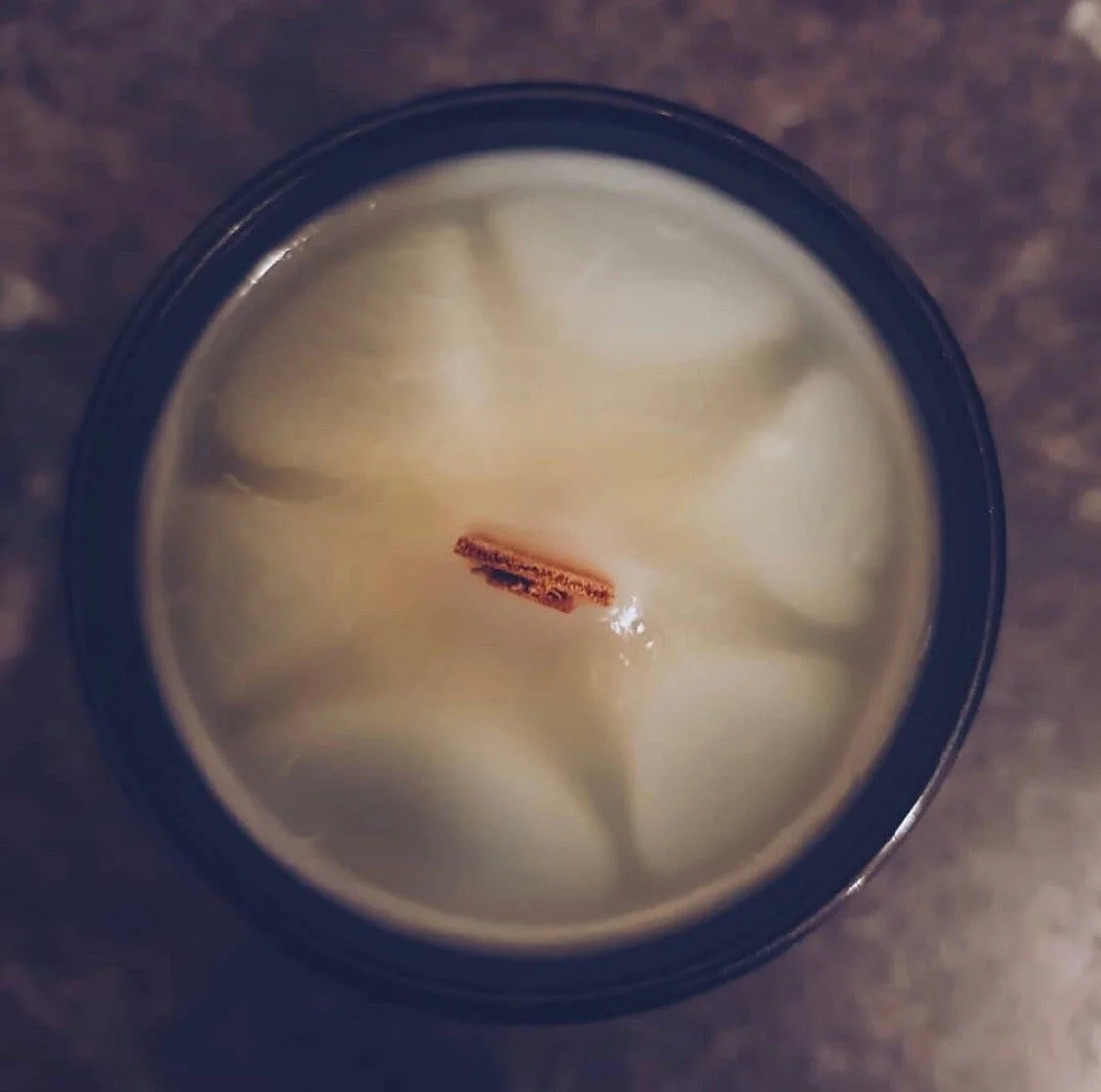Candle Making In Cold Weather
Burning candles when it’s cold outside is one of life’s great joys, but making candles in cold weather can be extra challenging!
Suddenly.. you come to discover that the tried and tested methods you’ve used when making candles all year just isn’t working! You’ve checked your notes, haven’t changed a thing in your pour temperatures or fragrance load yet, boom, you have cracked candles!
Well guess what? That’s the problem. It’s getting cold outside and your candles can feel it!
When making candles in cold weather, you might need to make some changes.
During cooler months, we can feel the difference in the change of temperature from daytime to night time. Candles poured during the day, especially when using a pure, natural soy wax, can be greatly affected as the night time chills set in.
So what are some things we can do to ensure our candles still turn out great?
Candle makers find it helpful to heat up their jars before pouring.
This could be done with a heat gun or a few minutes on a tray in the oven at about 70 degrees celsius. Warming up the jars reduces the temperature difference between the wax and the jars so there is less of a shock when the candle is setting. Imagine pouring warm wax in a very cold jar? I think you get the drift!It’s critical to control the room temperature when making candles in colder weather. You should always ensure the room is kept at a comfortable 22-25 degrees celsius for optimal results. We suggest turning on the heater for at least an hour or two before pouring to ensure you’ve got a nice, warm and comfortable environment.
Use a candle wax designed specifically for cooler weather. This one seems like a no-brainer, but using a softer wax that has been developed specifically to provide great adhesion in cooler climates, like our all natural, A05 CocoSoy or the mineral oil and soy blend, M12 Ultimate Wax.
Ensure there are no drafts blowing where candles are setting. Allowing candles to set in a room with a cool draft of air is likely to cause a host of issues such as frosting, sinkholes and cracking around the wick. Image the cool air hitting one-side of the jar, but not hitting the other? It means wax on one side of the candle is going to cool faster than the other!
Increasing the pour temperature can minimise air bubbles in candles. Lower pouring temperatures may also cause your candles to cool too quickly which can result in cracking/ caving and uneven surfaces (see further down in article on how to fix these issues).
Glass candle jars can get extremely cold in cooler months, so it’s important consider where you store your candle jars. You may like to move them indoors to have them at room temperature before pouring.
To help minimise frosting try and protect your candles from the cold. Lay them on a warm towel rather than on a cold bench. Some people also like to put them in a cardboard box overnight. The aim is to keep the temperature as stable as possible rather than having huge drops in temperature.
How to fix candles that have been effected by cold weather?
We take a look at some of the common issues that can arise when making candles in cold weather and provide a few easy steps to repair the candle so that it’s customer-ready.
Cracked surfaces
If you find your candles develop big holes or craters, try filling the holes with a small amount of wax. Allow this to then re-set and then use a heat gun or hair dryer on a low setting to even out the tops.
Wet spots
Wet spots in candles occur when the wax cooling wax doesn’t adhere to the glass and air bubbles have snuck in between the wax and jar – Wet spots in candles can occur due to a number of reasons. One reason they can occur is the the quality and thickness of the glassware. Thick, cheap glass can get very cold in Winter which causes the candle to cool too quickly.
Keep in mind though, that a wet spot on a candle does not affect the quality of the burn.
To fix wet spots, you can use a heat gun to remelt the wax, freeing the air bubble inside. Top up the candle and allow it to re-set again.
Small stubborn holes on the surface
Sometimes there may be a hole that remains even after the surface has been remelted with a heat gun. Fill the hole with bits of scented wax from your pouring jug and gun again. This usually helps.
Consumers Burn more candles in winter than summer, it’s important to choose fragrances for indoor burning!
There’s nothing more enjoyable than burning a beautifully calm and fragranced candle on a cold Winter’s day. Keep your fragrances subtle and not too over powering as rooms will be warm with heating and most likely, doors and windows closed.
Here is a suggestion of delicious Winter scents from Luxury Candle Supplies that work compatibly at 6-8% fragrance load with any All Seasons Wax product:
All Natural Fragrance Oils
Ginger & Cinnamon
Lavender Eucalyptus
Vetiver & Patchouli
Everyday Fragrance Oils
Bourbon & Leather
Pine Needles
Midnight Woods
Oriental Amber
Tobacco & Leather
Vanilla & Sandalwood
Vanilla Bean
Thanks so much for reading and continuing to support our candle making guides. The team at All Seasons Wax Company is dedicated to building the world’s largest, free database of candle making information. If you’re finding the content educational, informative and even a little bit fun - the best thing you can do to help us is to share our articles with your friends and family that may be interested.
Thanks again!


